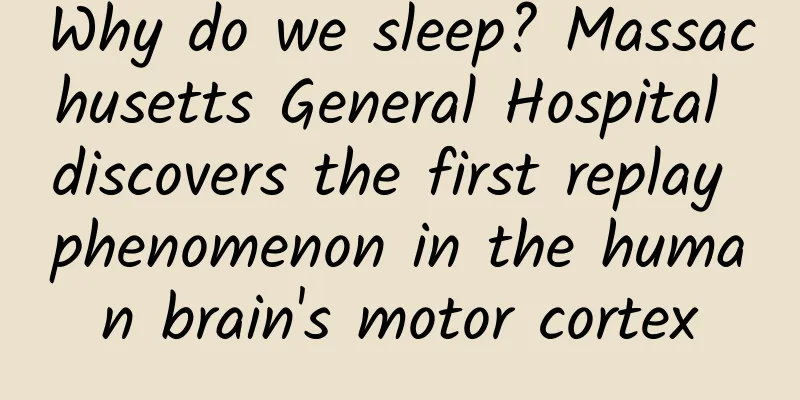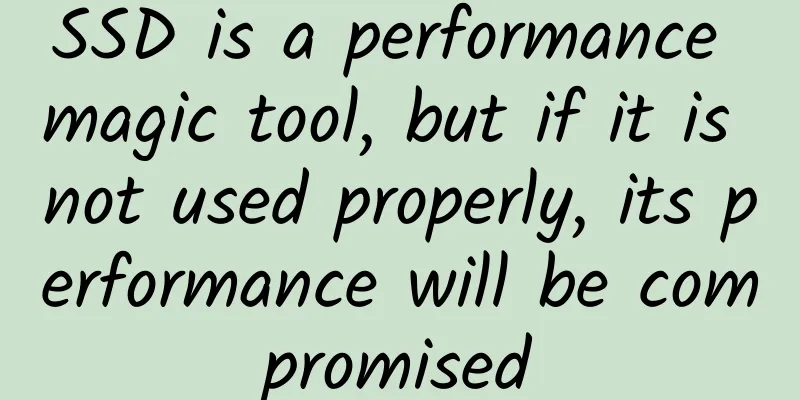Why do we sleep? Massachusetts General Hospital discovers the first replay phenomenon in the human brain's motor cortex

|
"This is the most direct evidence yet of replay from the motor cortex during sleep seen in humans." —Daniel Rubin, PhD, Center for Neurotechnology and Neurorestoration, Massachusetts General Hospital Why do we sleep? Scientists have debated this question for thousands of years, but a new study by researchers at Massachusetts General Hospital, in collaboration with colleagues at Brown University, the Department of Veterans Affairs and other institutions, adds new clues to the mystery. Their findings, published in the Journal of Neuroscience, may help explain how humans form memories and learn, and could ultimately aid in the development of assistive tools for people affected by neurological disease or injury. Scientists studying laboratory animals long ago discovered a phenomenon called "replay," explained the study's lead author, Dr. Daniel Rubin, a neurologist at the Massachusetts General Hospital Center for Neurotechnology and Neurorestoration. Replay is theorized to be a strategy the brain uses to remember new information: If a rat is trained to navigate a maze, monitoring equipment could show that a specific pattern of brain cells, or neurons, lights up and fires when it traverses the correct route. “Later, when the animal was sleeping, you could see these neurons lighting up and firing again in the same order,” Dr. Rubin said. Scientists believe that this replay of neuronal firing during sleep is the brain's way of practicing newly learned information, which allows the memory to be consolidated, or converted from short-term to long-term memory. Dr. Daniel Rubin However, replay has only been convincingly demonstrated in laboratory animals. "There's an open question in neuroscience: How true is this model of how we learn things to us humans? And does it hold true for different types of learning?" asked Sydney S. Cash, PhD, co-director of the Center for Neurotechnology and Neurorestoration at Massachusetts General Hospital and co-senior author of the study. Importantly, Cash said, understanding whether the replay phenomenon occurs when learning motor skills could help guide the development of new treatments and tools for patients with neurological diseases and injuries. Sydney S. Cash, Ph.D. To investigate whether playback occurs in the human motor cortex, the area of the brain that controls movement, Rubin, Cash and their colleagues recruited a 36-year-old man with quadriplegia due to a spinal cord injury, meaning he was unable to move his upper and lower limbs. The patient, identified as T11, was a participant in a clinical trial of a brain-computer interface device that allowed him to use a computer cursor and keyboard on a screen. In the study, T11 was asked to perform a memory task similar to the video game "Simon," in which a player observes a pattern of flashing colored lights and then must recall and reproduce the sequence. He controlled a cursor on a computer screen simply by thinking about the movement of his hand. Sensors implanted in T11's motor cortex measured the firing patterns of neurons that reflected his intended hand movements, enabling him to move a cursor on the screen and click it where he wanted. These brain signals were recorded and transmitted wirelessly to a computer. That night, as T11 slept at home, activity in his motor cortex was recorded and wirelessly transmitted to a computer. “What we found was pretty incredible, he had basically been playing the game all night in his sleep,” Dr. Rubin said. During several sleep sessions, T11’s neuronal firing patterns matched exactly the patterns that had occurred earlier that day while he was playing the memory matching game. "This is the most direct evidence to date for the replay phenomenon in the motor cortex during sleep in humans," Rubin said. Most of the replay detected in the study occurred during slow-wave sleep, a stage of deep sleep. Interestingly, replay was much less likely to be detected when T11 was in REM (rapid eye movement) sleep, the stage most commonly associated with dreaming. Rubin and Cash believe this work is fundamental to understanding the replay phenomenon and the role it plays in human learning and memory. “We hope to be able to use this information to help build better brain-computer interfaces and come up with paradigms that help people learn faster and more effectively to regain control after injury.” Dr. Cash said: “This research has benefited greatly from the close interaction we have with our participants, and he is grateful to T11 and the other participants in the BrainGate clinical trial.” Original link: https://www.massgeneral.org/news/press-release/clues-brain-activity-sleep-could-aid-people-neurologic-disease |
Recommend
Guangxi border residents can have four children! What are the specific regulations? Will there be a fine for having a fourth child now?
At present, my country has relaxed the three-chil...
How much does it cost to invest in Haikou’s automatic ordering app?
How much does it cost to attract investment in th...
Android 10 brings a new technology to detect whether there is liquid or overheating in the USB port of the mobile phone
Google officially released the Android 10 mobile ...
Dunhuang murals have become "like crispy dough". How can restorers save this world treasure?
The topic of "How difficult is it to protect...
One, two, three, four, five, six…Why is the honeycomb hexagonal?
The explanation we hear most often is that bees a...
Is event planning and promotion really as simple as you think?
[Introduction] Recently, due to the impact of the...
How to promote Guangzhou Mini Program Mall and attract traffic, how to promote WeChat Mini Program Mall?
Recently, many customers have sent private messag...
Douban’s methods and strategies for obtaining traffic!
Not long ago, Pinduoduo's market value surpas...
The average broadband download speed is over 600KB/s, which is faster than the contract value.
Recently, the Broadband Development Alliance unde...
Download the official letter template for Douyin certification application. How to fill in the official letter for Douyin certification application?
(1) After the Douyin account qualification review...
How to analyze and evaluate the value of KOL investment?
Social network analysis (SNA) is a methodological...
Hypertension medication varies from person to person. Genetic testing can help you shorten the "hard road" of choosing hypertension medication.
Author: Chen Congqin, Sha Zihua, and Ni Erru, Chi...
The new “League of Legends” for startups
[[153813]] Now, more and more Chinese Internet st...
On average, a primordial black hole flies past the solar system every ten years.
Written by Gou Lijun Black holes are commonplace ...
2015 Q3 Mobile Game Market Analysis Report
[[154650]] After the explosive growth in 2014, th...
![Lu Mingming QQ Group Precision Traffic Column 4.0 [2022 Edition], creating a group screen domination system](/upload/images/67cc04097781a.webp)








